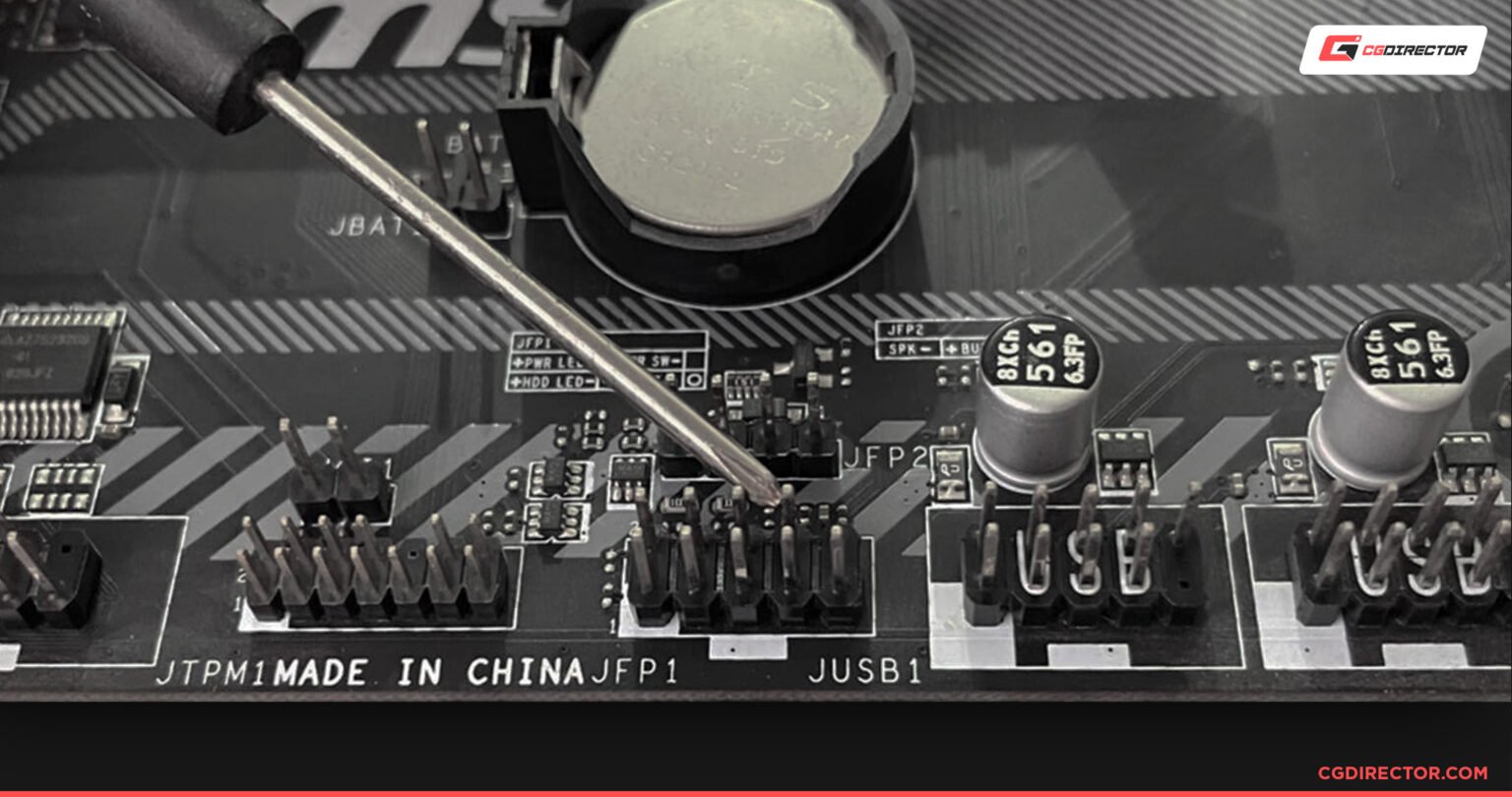Understanding your computer's hardware is crucial, especially when it comes to upgrading or troubleshooting your system. Among the various components that make up your computer, the motherboard (mobo) plays a vital role as it connects all other parts together. Knowing the specifics of your motherboard can help you determine compatibility for new parts, understand your system's capabilities, and even aid in resolving technical issues. But how do you find out what mobo you have in the first place?
In this guide, we will walk you through the different methods and tools you can use to identify your motherboard model. Whether you prefer using software tools or diving into your computer's physical components, we’ve got you covered. You’ll learn how to locate this essential information quickly and efficiently, allowing you to make informed decisions about your computer setup.
So, are you ready to uncover the mystery of your motherboard? Let’s dive into the various techniques and steps you can take to discover what mobo you have installed in your system.
What is a Motherboard?
The motherboard is the central printed circuit board (PCB) in your computer. It serves as the backbone, connecting various components such as the CPU, RAM, storage devices, and peripherals. Below are some key functions of a motherboard:
- Facilitates communication between the CPU and other components
- Provides power to various hardware
- Enables expansion through PCIe slots for graphics cards and other devices
- Contains BIOS/UEFI firmware for system boot and configuration
Why Should I Know What Mobo I Have?
Knowing your motherboard model is essential for several reasons:
- Compatibility: Ensures that new components will work with your existing system.
- Upgrades: Helps you decide which upgrades are feasible.
- Troubleshooting: Aids in diagnosing hardware issues.
- Support: Makes it easier to find drivers and support information.
How to Find Out What Mobo I Have Using Software Tools?
If you prefer a more straightforward and less hands-on approach, several software tools can help you identify your motherboard model. Here are some popular options:
- CPU-Z: A widely-used tool that provides detailed information about your CPU, RAM, and motherboard.
- Speccy: A comprehensive system information tool that gives you a clear overview of your entire system, including the motherboard.
- HWINFO: A more advanced application that provides real-time system monitoring and detailed hardware information.
How to Use CPU-Z to Identify Your Motherboard?
Follow these steps to find out what mobo you have using CPU-Z:
- Download and install CPU-Z from the official website.
- Launch the application.
- Navigate to the "Mainboard" tab.
- Look for the "Model," "Chipset," and "Revision" information.
How to Find Out What Mobo I Have By Checking Physically?
If you prefer a more hands-on method, you can physically check your motherboard for its model number. This procedure may require you to open your computer case. Here’s how:
- Shut down your computer and unplug it from the power source.
- Open the computer case carefully.
- Look for the model number printed directly on the motherboard's surface. It is often located near the CPU socket or RAM slots.
- Write down the model number for future reference.
What If I Can’t Find the Model Number on My Motherboard?
If you are unable to locate the model number physically, consider checking the user manual that came with your computer or motherboard. Additionally, you may find useful information on the manufacturer's website by entering your computer's model number or specifications.
Can I Use Command Prompt to Find Out What Mobo I Have?
Yes, you can also use the Windows Command Prompt to find your motherboard information. Here’s how:
- Press the Windows key and type "cmd" to open the Command Prompt.
- Type the following command:
wmic baseboard get product,Manufacturer,version,serialnumber - Press Enter to see the motherboard details.
What Are the Risks of Opening My Computer Case?
Opening your computer case can sometimes lead to potential risks. Here are some precautions to keep in mind:
- Ensure you are grounded to prevent static electricity damage to components.
- Be cautious of sharp edges inside the case.
- Handle components carefully to avoid physical damage.
How to Find Out What Mobo I Have if I Have a Laptop?
Identifying the motherboard in a laptop can be more challenging since they are more compact and not easily accessible. However, you can use the following methods:
- System Information Tool: Search for "System Information" in the Windows search bar and look for the "System Model" entry.
- User Manual: Check the laptop’s user manual or the manufacturer's website for specifications, including the motherboard model.
What If I Can't Access the System Information Tool?
If you cannot access the System Information Tool, consider using third-party software like CPU-Z or Speccy, as mentioned earlier, for a detailed overview of your laptop’s hardware.
Conclusion: How to Find Out What Mobo I Have?
In conclusion, finding out what mobo you have is crucial for maintaining and upgrading your computer system. Whether you choose to use software tools, physically inspect your motherboard, or utilize the Windows Command Prompt, the methods outlined in this guide will help you uncover the information you need. Remember to be cautious when handling hardware and to always ensure your computer is powered down and unplugged before opening its case.
By understanding your motherboard's specifications, you can make better decisions regarding upgrades, compatibility, and troubleshooting. So, take the time to find out what mobo you have today!


